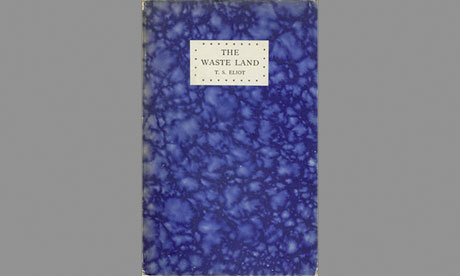Interview in the Telegraph with the author's son Kits Browning which discusses some of the source material for the novel including du Maurier's life and some interesting documents. It also notes that there is a new adaptation in the pipeline! Read the full interview here.
Some excerpts:
'"Very roughly, the book will be about the influence of a first wife on a second,” wrote Daphne du Maurier in her notes. “Until wife 2 is haunted day and night… a tragedy is looming very close and crash! Bang! Something happens.”
[...]
The seed of the story lay in du Maurier’s jealousy of Jan Ricardo, the first fiancée of her husband. “I know that she came across one or two letters or cards, fairly sort of harmless things, where Jan did sign 'Jan Ricardo’ with this wonderful great R,” says Browning, flourishing his hand in the air. It is a portentous curlicue that is emulated in the book.
“The name Rebecca,” wrote du Maurier, “stood out black and strong, the tall and sloping R dwarfing the other letters.” Ricardo later threw herself under a train, although not, Browning says, due to his parents’ marriage. Still, it is said that Daphne was haunted by the suspicion that her husband remained attracted to Ricardo.
[...]
Manderley, like Hogwarts and Brideshead, is a name fixed in our imagination. Yet the anonymity of the novel’s narrator continues to intrigue. “She couldn’t think what to call her and so she didn’t call her anything. And then it became a challenge: could she actually write the whole thing without it,” says Browning. “Funnily enough, in the Hitchcock film, in the script she is written as 'I’, but they all called her 'Daphne’ on the shoot.”
Both Mrs de Winters were drawn from du Maurier’s own character. “I always identified Mum with the second, rather timid one,” says Browning. “It was totally split, because she was just as good as Rebecca at the sailing and all that toughness.'
You can see Vivian Leigh's test reel for the part of the second Mrs de Winter - here (via @DrJenBarnes)
Other du Maurier content on this blog can be found - here
Daphne du Maurier's papers are held in University of Exeter's Heritage Collections and form part of the subject of Prof. Helen Taylor's chapter in the forthcoming book: The Boundaries of the Literary Archive

